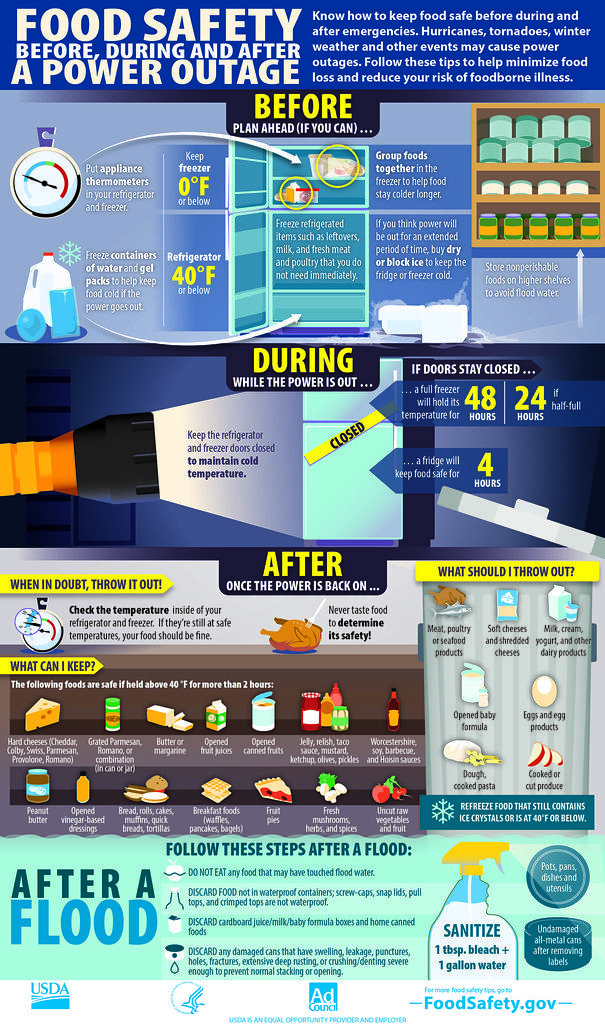A hurricane is a type of tropical cyclone or severe tropical storm that can be accompanied by thunderstorms. The Atlantic Hurricane season lasts from approximately June to November, with peak season occurring between mid-August and late October. Hurricanes can cause damage to coastlines, as well as up to several hundred miles in-land. Hurricanes can also produce winds in excess of 155 miles per hour, tornadoes, microbursts, heavy rain, and thunderstorms. Flooding and debris from forceful winds are often the deadly and destructive results of a Hurricane.
How to Prepare
- Put together an emergency kit
- Include food, water, a flashlight, batteries, cash, first aid supplies, medication, copies of your critical information, etc. Don’t forget food and water for pets!
- Keep your vehicles fueled and devices charged
- Have some cash on hand in case you need to pay for something if the power is out
- Create a family communications plan
- Know Your Zone for Evacuation
Learn More About Hurricane Preparedness
- www.ready.gov/hurricanes
- Maryland Emergency Management – Hurricane Information
- Maryland Department of Health Preparedness Fact Sheets
Stay Informed
- Follow St. Mary’s County Emergency Services on Facebook or Twitter
- Sign up for the St. Mary’s County CodeRED Emergency Notification System
- Download the ‘Maryland Prepares’ Mobile App
Food & Water Safety During Power Outages and Flooding
- Well Water Advisory in Case of Storm Surge (2018 – Florence)
- Disinfecting a Well – A Step by Step Guide
- Avoid illness from spoiled foods with these tips!

Visit: https://www.foodsafety.gov/food-safety-charts/food-safety-during-power-outage

